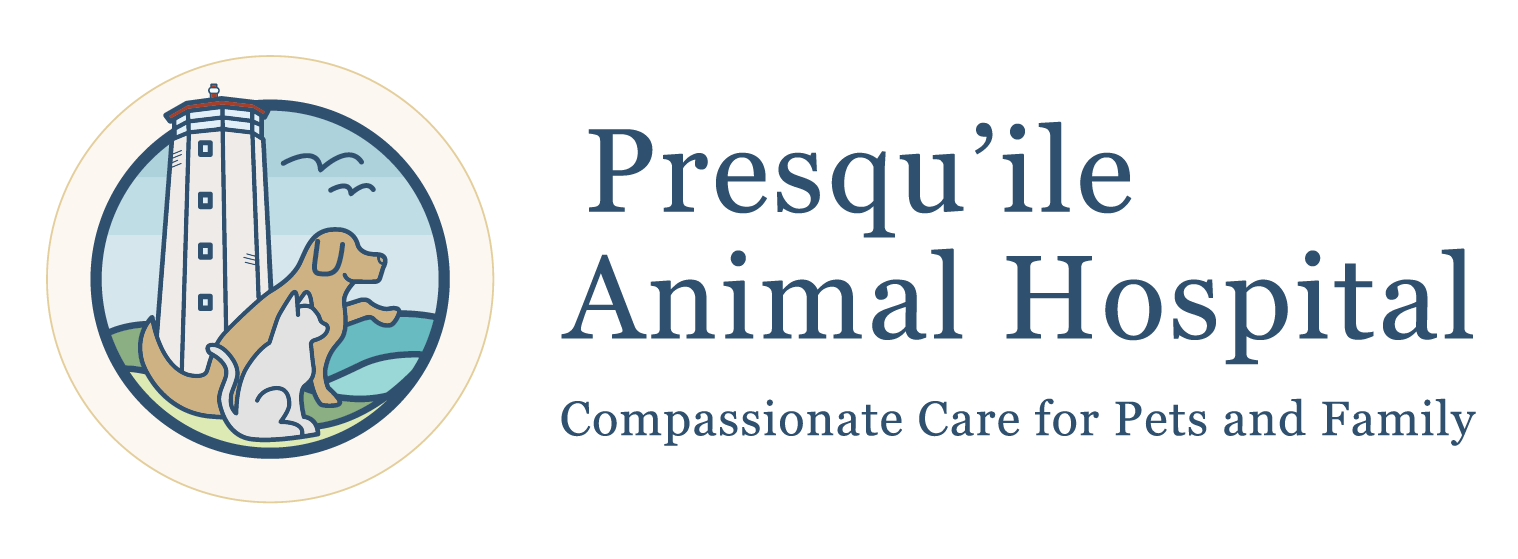The image of a cat lapping up a bowl of milk is a classic one, ingrained in popular culture. However, there’s a prevailing belief that cats are lactose intolerant, questioning the suitability of milk for our whiskered companions. As we delve into the truth behind this myth, let’s explore whether cats are truly lactose intolerant and what it means for their dietary habits. Understanding Lactose Intolerance: Lactose is a sugar found in milk and dairy products. Lactose intolerance occurs when the body lacks sufficient lactase, an enzyme needed to break down lactose in the digestive system. In humans, lactose intolerance is relatively common, leading many to assume that the same applies to our feline friends. Are Cats Lactose Intolerant? Contrary to popular belief, kittens are not born lactose intolerant. Like all mammals, they possess the ability to produce lactase during their early stages of life, allowing them to digest their mother’s milk. However, as cats grow and are weaned, the production of lactase decreases, and many cats become lactose intolerant. The truth is, while some cats may retain their ability to digest lactose into adulthood, the majority do experience a decline in lactase production, making them lactose intolerant to varying degrees.
The Consequences of Lactose Intolerance: When a lactose-intolerant cat consumes milk or dairy products, it can lead to gastrointestinal upset. Common symptoms include:

The Consequences of Lactose Intolerance:
When a lactose-intolerant cat consumes milk or dairy products, it can lead to gastrointestinal upset.
Common symptoms include: Diarrhea: The inability to digest lactose can result in diarrhea, often occurring shortly after the cat ingests milk.
Abdominal Discomfort: Cats may experience abdominal discomfort, cramping, or bloating due to the fermentation of undigested lactose in the gut.
Vomiting: In some cases, lactose-intolerant cats may vomit as their system reacts to the presence of lactose. It’s essential to note that the severity of these symptoms can vary from cat to cat. While some may show minimal signs of discomfort, others may exhibit more pronounced reactions.
Safe Alternatives for Cat Treats:
If you want to treat your cat with something special, there are cat-friendly alternatives that bypass the issues associated with lactose intolerance: Many cats adore catnip, and catnip-infused treats can be a safe and enjoyable option.
Commercial Cat Treats: Numerous commercially available cat treats come in a variety of flavors and textures, providing a tasty alternative to milk.
Specialized Cat Milk: Some pet stores offer specially formulated cat milk products that are lactose-free, providing a treat that mimics the experience without the associated risks. The notion that all cats adore and can safely consume milk is indeed a myth. While some cats may tolerate small amounts of milk without issue, many are lactose intolerant to varying degrees. Understanding your cat’s individual tolerance and providing safe alternatives ensures that you can treat your feline friend without compromising their digestive health. As always, when introducing new treats or foods, monitor your cat’s reactions and consult with your veterinarian if you have concerns about their dietary choices. Here’s to happy, healthy, and well-fed kitties!


